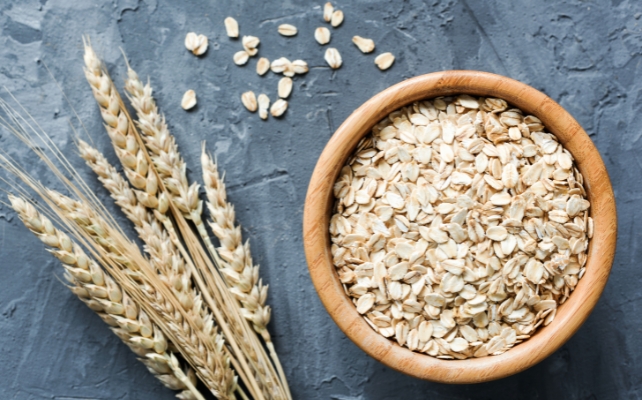Research on the intestinal microbiome has sparked a “revolution” in nutritional science, and in recent years, dietary fibers have become “new protein” – added to abundance food to nourish our intestine and stimulate our health.
A recent study on mice, however, suggests that not all fiber supplements are just as beneficial.
A form that is easily found in oats and barley, called beta-glucane, can control blood sugar and help with weight loss in mice fed with a diet rich in fat.
Researchers at the University of Arizona (AU) and the University of Vienna say that it is the only type of supplement of fibers they tested that has reduced the fat content of a mouse in the 18 weeks.
The other fibers considered, in particular wheat dextrin, pectin, resistant starch and cellulose, had no effect of this type, despite the displacement of the composition of the mouse microbiome significantly compared to mice nourishing any fiber supplement.
“We know that the fiber is important and beneficial; the problem is that there are so many different types of fibers,” said Biomedical Scientist Frank Duca of the AU in July.
“We wanted to know what type of fiber would be the most advantageous for weight loss and improvements in glucose homeostasis so that we can inform the community, the consumer, then also inform the agricultural industry.”
Dietary fibers are the main source of energy for bacteria living in our guts, and yet less than 5% of people in the United States consume the 25 to 30 grams recommended (0.9–1 OCE) of fibers per day.

To compensate for this, fiber supplements and food infused with invisible fibers are popularity. But the fibers are extremely diverse, so which one do we choose?
Certain fibers, such as oat beta-Gluans and wheat dextrin, are soluble in water, which means that they are easily fermented by intestinal bacteria.
Others, such as cellulose and resistant starch, are less soluble or insoluble, which means that they stick to other materials to form stool.
https://www.youtube.com/watch?v=zfod3f-nlec Frameborder = “0 ″ allow =” accelerometer; Autoplay; Clipborat-writing; encrypted media; gyroscope; image in an image; Web-share “RefraierPolicy =” Strict-Original-Ohen-Cross-Origin “Allowerlscreen>
So far, writes the biomedical scientist Elizabeth Howard de AU and her colleagues, “there is no study that has studied the role of various fibers in a cohort.”
To compensate for this, this study tested several forms of fiber in a mouse cohort. Only the beta-glucane has proven to increase the number of Ileibacterium found in the mouse intestine. Other mice studies have linked this bacteria to weight loss.
Indeed, long before the 10-week marker, the mice fed by beta-glucan showed a reduced body weight and a body fat compared to the mice fueled by other forms of fiber.
The results align with another recent study by Duca, which fed barley flour, rich in beta-glucan, rodents. Even if the rats continued to eat as much of their diet rich in fats as before, their energy expenditure has increased and they still lost weight.
A similar result was observed in mice fed by beta-glucane in the new study. These animals have also shown increased butyrate concentrations in their guts, which is a metabolite made when microbes decompose fiber.
The butyrate induces the release of peptide-1 of the glucagon type (GLP-1), which is the natural protein that synthetic drugs like the Ozempique imitate to stimulate the liberation of insulin.

“Part of the advantages of the consumption of dietary fiber is to release GLP-1 and other intestinal peptides that regulate appetite and body weight,” said Duca.
“However, we do not think that is the whole effect. We think there are other beneficial things that the butyrate could do that are not linked to the intestinal peptide, such as the improvement of the health of the Intestinal barrier and targeting peripheral organs like the liver. “
Much more research is necessary before these results can be extended to humans, but the results suggest that certain fibers can be better suited to weight loss and insulin control than others.
The study was published in the Journal of Nutrition.
A previous version of this article was published in July 2024.


